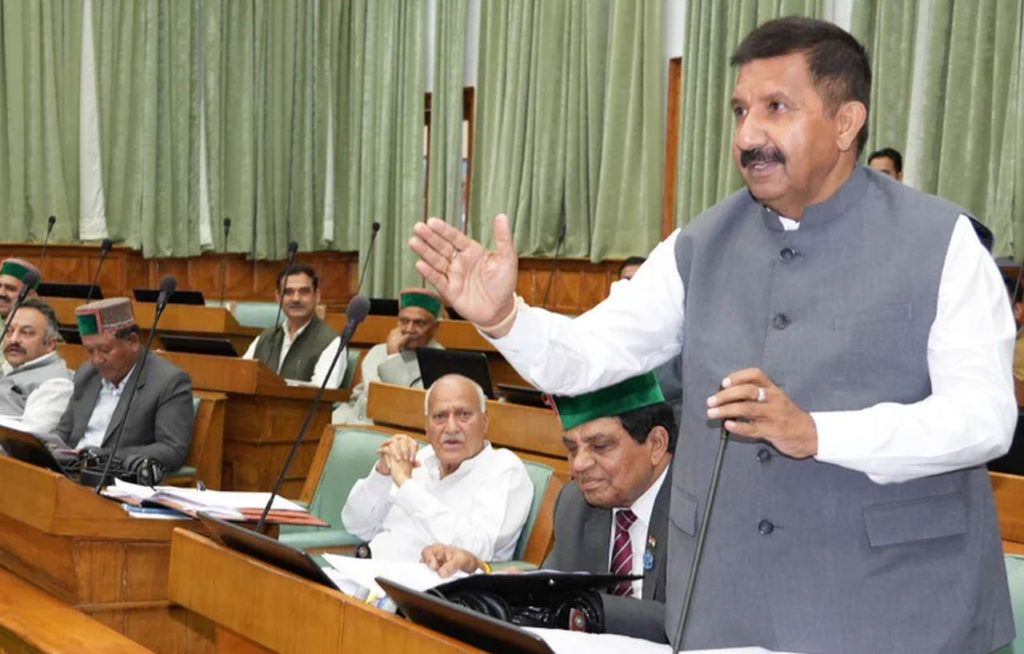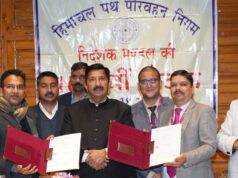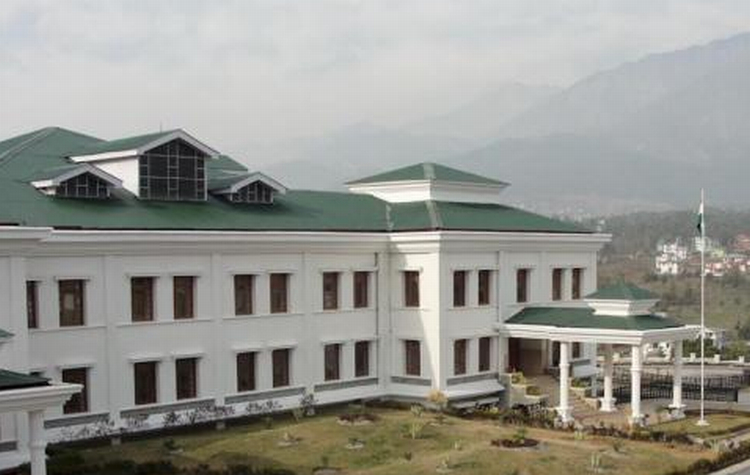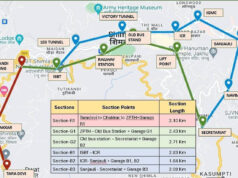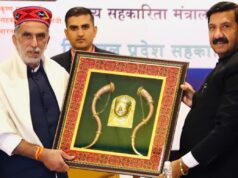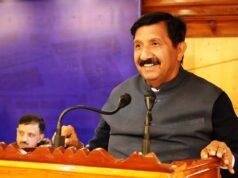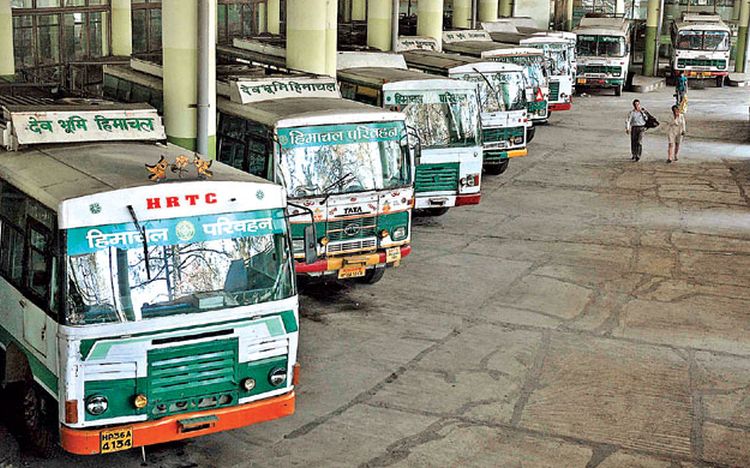Staggering Debt: Himachal Pradesh’s Loan Liabilities Reach Rs 76,630 Crore in 2022-23; 23 State Enterprises in Himachal Pradesh in the Red
Himachal’s Jan Manch Chapatis Cost Rs 6 Crore, Investor Meet Tents at Rs 36 Crore
Shimla: In a startling revelation, a white paper on the financial situation of Himachal Pradesh was presented in the state’s Assembly after a staggering 25-year hiatus. The white paper, presented by Deputy Chief Minister Mukesh Agnihotri, shed light on the state’s dire financial predicament, blaming the previous BJP government for what it described as financial mismanagement.
According to a recent report by the Reserve Bank of India (RBI), Himachal Pradesh has now found itself among the top five states in India with the highest loan burden. Deputy Chief Minister Mukesh Agnihotri didn’t mince words when he accused the previous BJP government of being solely responsible for this distressing financial scenario.
The release of the white paper was marked by intense confrontations between the ruling party and the opposition, both before and after the lunch break. Opposition members vociferously voiced their discontent, even resorting to sloganeering in the well of the House.
Deputy Chief Minister Mukesh Agnihotri didn’t hold back in his criticisms, stating that the previous government had been excessively reliant on loans while making no substantial effort to increase the state’s revenue. He disclosed that the current government had inherited a staggering liability of Rs 92,774 crore, with loan liabilities skyrocketing to Rs 76,630 crore in the year 2022-23 alone. He further revealed that in the election year, the BJP government had amassed loans amounting to a staggering Rs 16,261 crore, which were largely used for electoral promises and campaigns.
One startling fact revealed during the Assembly session was that 23 public enterprises in the state had amassed losses totalling Rs 5000 crore. The previous government was accused of using government funds for party activities and elections, including spending Rs 7 crores on organizing Amrit Mahotsav and incurring expenses on Jan Manch events. Additionally, the House was informed that dues totalling Rs 8.5 crores from the use of HRTC buses for rallies during election campaigns had yet to be settled.
Mukesh Agnihotri raised eyebrows by highlighting the extravagant expenditure on an investor meet, alleging that Rs 36 crore had been spent on tents alone. He also called for an account of the Finance Commission’s recommended allocation of Rs 1400 crore, revealing that Rs 400 crore for Kangra Airport, Rs 20 crore for Jwalaji Temple, and Rs 1000 crore for Mandi Airport had not been received.
The Deputy Chief Minister’s revelations didn’t stop there, as he claimed that during the previous government’s tenure, Rs 6 crore had been spent on chapatis (phulkas) at Jan Manch events. These claims sparked outrage from the opposition, who argued that formalities needed to be completed before funds were released.
One of the most alarming statistics presented in the white paper was the per capita credit in Himachal, which had risen from Rs 66,232 in 2017-18 to a staggering Rs 1,02,818 in the current year, 2022-23.
In addition, the report revealed that the previous government had seen a steady increase in loans over the last five years, reaching Rs 16,261 crore in 2022-23, a whopping 267.45 percent increase compared to the previous year.
Furthermore, the white paper exposed the neglect of government employees and pensioners by the previous government, citing unpaid liabilities of over Rs 10,600 crore. The previous government had revised the pay scale in 2016 but had failed to disburse the outstanding amount. Additionally, two instalments of dearness allowance, 3 percent from January 2000 and 4 percent from July 2022 remained unpaid.
The white paper also shed light on the financial woes of the Himachal Road Transport Corporation (HRTC), with cumulative losses soaring from Rs 1113.91 crore in 2017 to a staggering Rs 1707.12 crore in 2022. Despite this significant deficit, the Congress government remained committed to providing bus services to the state’s remote regions, though HRTC continued to operate at a monthly loss of Rs 60 crore, a legacy of the previous government’s financial decisions.


